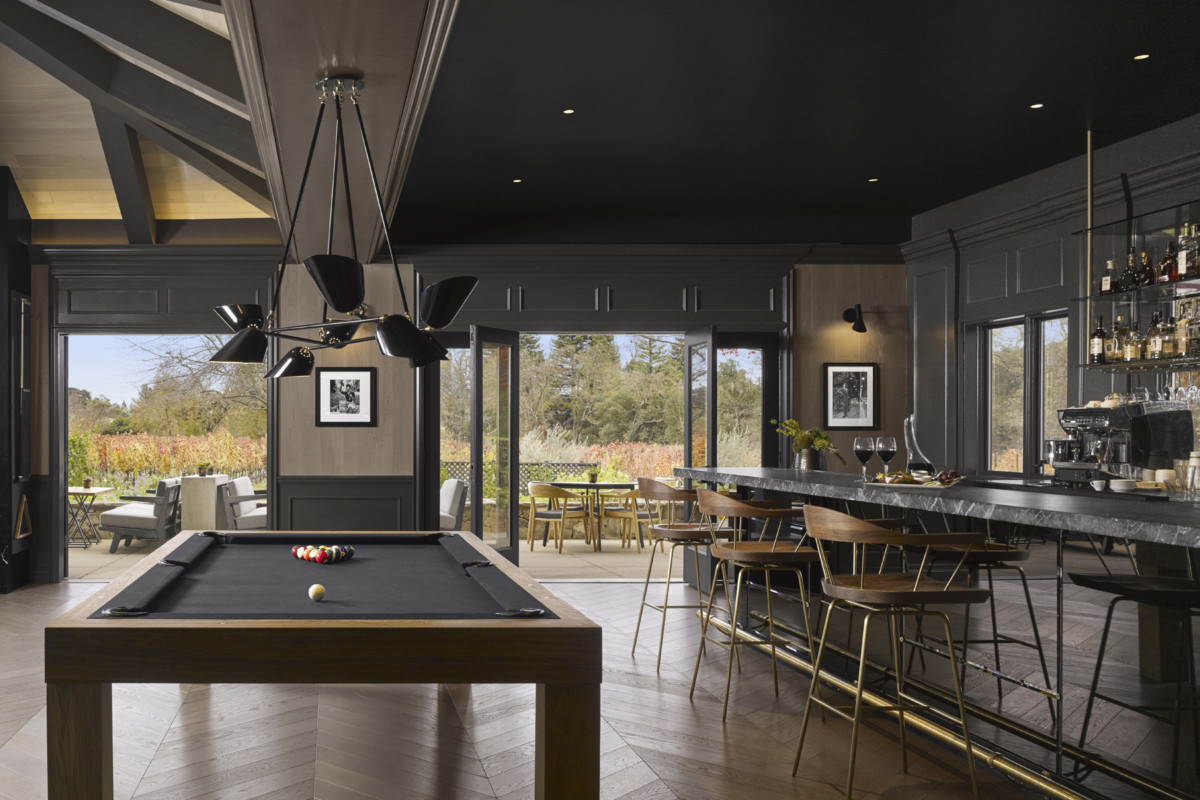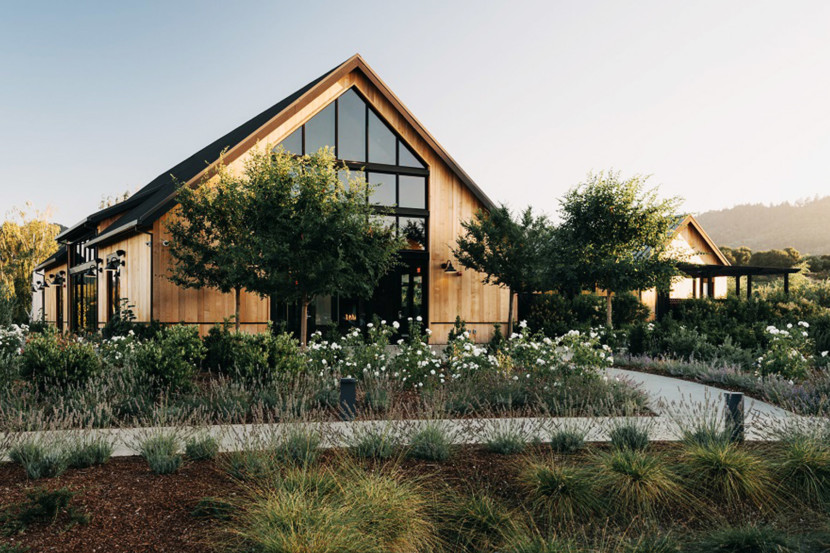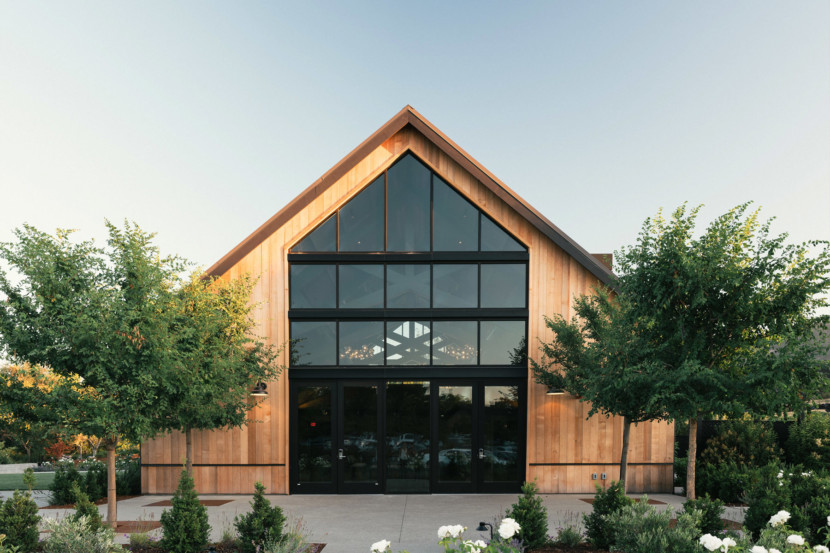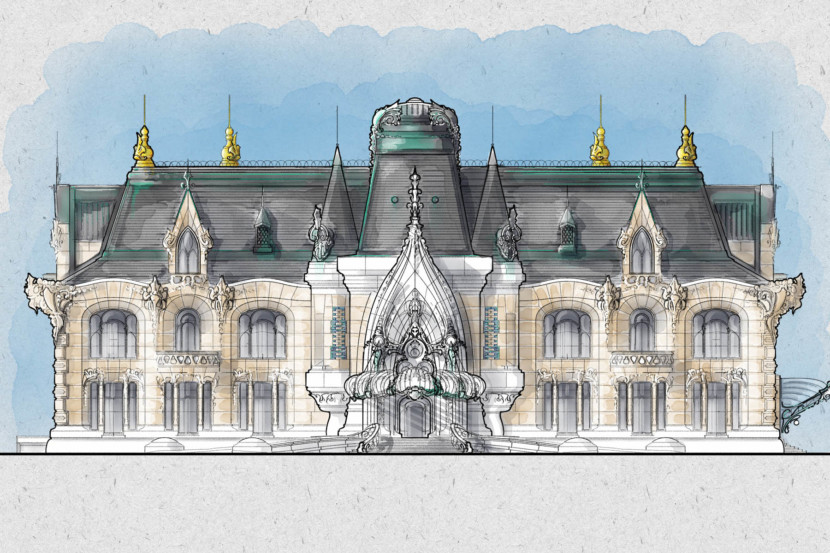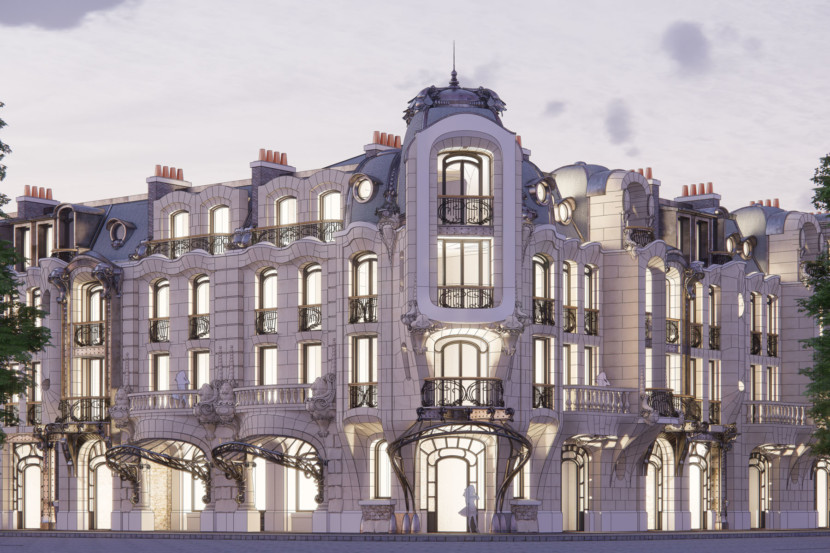The New Elements of Hotel Design in a Hi-Tech World | Data-Driven Design
Technology impacts how hotels are designed, how they are built, how they are operated, and how guests interact and experience the space. As designers, we are tasked with creating spaces that have an emotional impact on the user through materiality and the built environment, but also through the guest’s first impression and journey. When designing, we have numerous tools and ‘data points’ to draw from; intuition, history, culture, and most recently: digital data.
Looking forward, if data-driven design is utilized, hotel renovations and operations, in general, could be streamlined. Analyzing data collected from sensors throughout a hotel could form the behavioral blueprint for a renovation. Design teams could tap into a host of data sources to verify if the original design intent of a space matches the reality, and if not, why not. Say, if a hotel has numerous under-utilized meeting and ballroom spaces – as analyzed by data – transform those spaces to be of better use or fine-tune the guest journey to pull more guests through organically. For example, at The Social, the latest milestone in the extensive renovation of The Estate in Napa Valley, California, we transformed an under-utilized back-of-house area into a transformational event space that fulfills the desired flow between Estate properties designed for connecting, collaborating, and celebrating.
According to Nick Albert, Director of lighting design consultancy, illuminate, as technology advances, hoteliers can begin mapping emotional and behavioral information. In theory, the data is already out there. You could look at it as ‘digital psychogeography’, the sensor circuit is working behind-the-scenes, noting how many people have triggered a particular sensor and at what time. The next step is compiling, analyzing, and using that data in an intelligent way. And, the more places that embrace this, the more we will get out of it.
“The ceiling is the last untapped real estate in architecture. In the same way that we haven’t explored the deepest parts of the ocean, we haven’t yet explored or utilized the hidden capacities of what lies behind the ceiling grid.” Said Albert, “Historically, ceilings only hid lighting and other unsightly building systems, whereas now, they house a complex series of digitally connected controllers, sensors, and processors. Even a typical lighting system, that has been built on LED technology, provides a digital infrastructure that is much more capable than simply turning lights on and off. Any building with this set-up could choose to tap into those resources to further leverage the technology but not many do. Those that do, see a great benefit.”
One of our recent residential projects in Vietnam, led by Cooper Copetas, utilized data-driven design to create the built form. The client requested that the scale and detail reflected the proportions and intricacies of a French waterfront. Copetas used everything in his digital toolkit to achieve an authentic, traditional architectural style. The façades were created using a modular system, with strategically designed connection points that would blend seamlessly with each other. With precise detailing needed, Copetas researched ornaments typically used in traditional French architecture, to transcribe into a parametric system, which ended up being a great resource for the developer – instead of relying on 2D drawings to create an intricate Baroque ornament, they could simply print from a fully-formed 3D model.

Sony debuted its ‘Vision S’ concept car at CES 2020, which includes emotion-tracking technology that can sense signs of distraction and tiredness, through AI sensors, and adjust the environment to improve the driving experience. Why not apply this technology to anticipate a guest’s needs? AI detecting a guest’s state of comfort can accommodate their personal preferences even on a subconscious level, from adjusting the temperature to regulating light levels and beyond.
Authored by Bruce Wright, Senior Vice President, and Principal, SB Architects.
Originally created for and published on Hotel Executive as ‘The New Elements of Hotel Design in a Hi-Tech World.’




